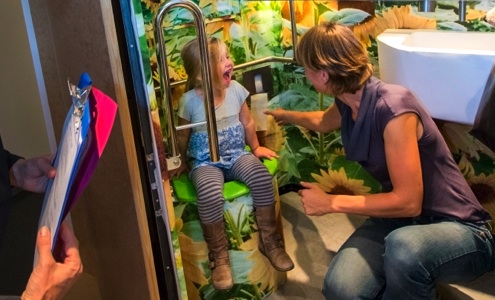Applied Ergonomics and Design
The section Applied Ergonomics and Design (AED) aims to improve the fit of products to their users and support user-centred design. We develop basic and applied knowledge on usage, comfort and safety and on users’ physical, sensory and cognitive characteristics.
The research delivers methods and concepts for designers and specialists to understand,
- Product usage as a situated activity, in order to identify user preferences and usage-related phenomena;
- User behavior in usage practices; Functional meaning attribution by users in terms of cognition, perception and prior usage experience;
- The experience of comfort;
- Usage risks and the trade-offs between protection and freedom;
- Users’ physical aspects in terms of body dimensions, strengths, and body joint motions.
We always welcome interest in collaboration. We work with businesses and academic partners to,
- Identify design innovation opportunities by anticipating on user preferences and behaviour, in specific social, cultural and physical environments;
- Determine boundary conditions of use in order to inform design requirements, for example in relation to users’ cognitive and physical capacities in specific environments;
- Evaluate and improve design proposals for future products with regard to usage, comfort and safety;
- Make dynamic anthropometrical data available of various user populations, for example through 3D scanning techniques.
